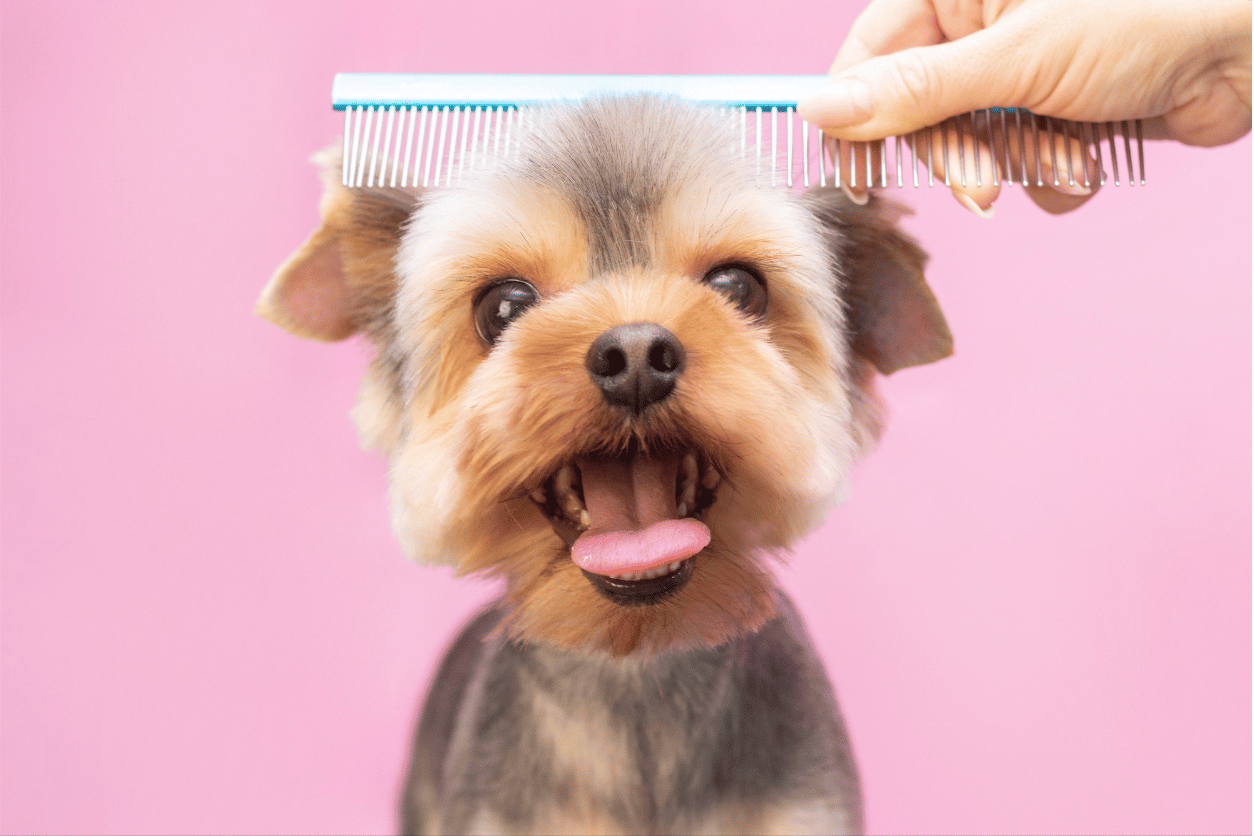Fur vs Hair: What Is the Difference and Tips for Cleaning Both

In the world of pets and personal grooming, the terms “fur” and “hair” are often used interchangeably, leading to confusion about their distinctions and proper care. Whether you’re looking to keep your belongings or indoor spaces pristine, grasping the disparities between fur and hair is key to effective cleaning and grooming.
When it comes to our furry friends, one of the most common questions that arise is whether they have fur or hair. While some may use these terms interchangeably, there are actually differences between the two. Understanding these differences can help us take better care of our pets and keep our homes clean. In this blog, we will dive into the differences between fur and hair and share some tips for cleaning up after our beloved pets.
Fur vs. Hair
Firstly, let’s define what fur and hair are. Both contain keratin, a protein that is also found in nails and skin. However, there are some key differences between the two. Fur is typically shorter, denser, and softer than hair. It also has a thicker undercoat which helps insulate animals from the cold. On the other hand, hair is longer, thinner, and usually found in humans. Hair does not have an undercoat and serves more as a protection against UV rays and temperature regulation.
Shedding Differences
Now that we know the basic differences between fur and hair, let’s talk about shedding. Both fur and hair shed, but at different rates. Dogs and other animals with fur tend to shed more heavily during specific seasons as part of their natural shedding cycle. This can often leave our homes covered in a layer of fur. On the other hand, people with hair have a continuous growth cycle which means they shed all year round, but in smaller amounts. This can make it seem like they shed less than animals with fur.
Cleaning Up Fur and Hair
Keeping our homes clean and fur-free can be a daunting task. Here are some tips to help you tackle the challenge:
- Brush regularly: The key to managing shedding is regular brushing. This will help remove loose fur or hair and prevent it from ending up all over your home. It’s important to use the right type of brush for your pet’s coat, so be sure to consult with a groomer or veterinarian.
- Use seat covers: If you often take your furry friend on car rides, investing in a dog car seat or seat cover can save you a lot of cleaning time. These covers can protect your car seats from both fur and dirt. You can also find furniture covers for protecting your home’s upholstery.
- Vacuum frequently: It’s important to vacuum your home frequently, especially if you have pets. This will help pick up any loose fur or hair that may be hiding in carpets or furniture. To best pick up long hair, it’s recommended you check the vacuum bristles every so often and cut away excess hair that’s caught around the brush roller.
- Use lint rollers: For those hard-to-reach areas, lint rollers can be a lifesaver. Keep some handy in your home and car for quick clean-ups.
- Wash bedding regularly: Your pet’s bedding can quickly become a fur magnet. Make sure to wash it regularly to keep it clean and free of excess fur.
Conclusion
There are differences between fur and hair, and understanding these differences can help us better care for our pets. Regular grooming and cleaning up after our furry friends are key to keeping our homes clean. By following the tips mentioned above, you can make your life easier when it comes to managing fur or hair in your home. Our pets bring so much joy into our lives, so a little extra effort in keeping things clean is definitely worth it.
Your Pet’s Best Interest, Always
At Pet Institute, we take pet care seriously. We're dedicated to transparency, impartiality, and the well-being of your pets in every article, review, and recommendation we provide. Our unwavering commitment to these principles ensures that you, our valued reader, always receive reliable and unbiased information. Let us be your trusted guide in the world of pet care and companionship.